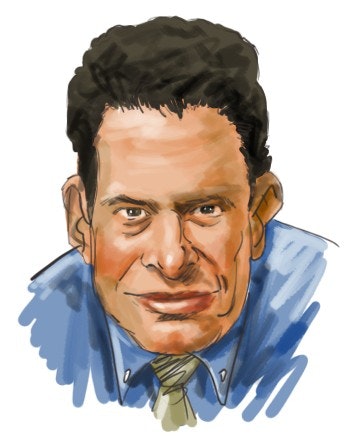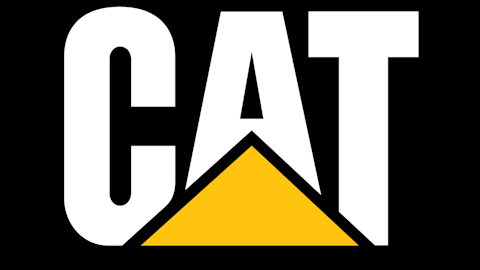Caterpillar (NYSE:CAT) is a global company, and its financial reports were highly anticipated as potential evidence for or against a slowdown. The quarter’s report was good on many fronts: Caterpillar’s record quarterly earnings beat earnings per share estimates from the Street and even delivered a positive surprise on revenue, with sales up in North America and every other region of operations (it should be noted that Caterpillar considers Europe part of its EMEA- Europe, Middle East, and Africa- region). Some analysts had become concerned as companies have tended to miss their revenue targets in this quarter’s results, indicating a weak economy; many earnings beats have been solely due to higher margins. Caterpillar also raised its internal projections for the fiscal year’s earnings, to an expectation that the company will have a record year for earnings.
This information may be surprising to investors who believe that the global economy is struggling and that equities with a strong relationship to the broader market should be avoided. Statistically, Caterpillar’s stock has a beta of 2, meaning that historically its share price has fluctuated twice as much as the S&P 500 index- though so far this year that trend has not worked in shareholders’ favor, as the stock is down over 10% against a narrowly up market and as of this writing CAT is flat today despite its earnings news. Why is this the case, despite the fact that the business seems to be, if anything, outperforming the global economy? Caterpillar only generates 36% of its revenue from North America and would seem to have some protection from slower U.S. growth. It looks a lot like a value stock, with a trailing P/E of about 10 even though it pays a 2.5% dividend yield and a 5-year PEG ratio of 0.5, meaning that analysts project that the company will have strong earnings growth in the medium-term future.
Caterpillar has strong interest from hedge funds that are invested in the gains that the company delivers in the future. Fisher Asset Management was the top holder according to 13F filings, with 4 million shares, though this was well down from the 7.2 million that Fisher had owned a year ago (see more of billionaire Ken Fisher’s stock picks). Ralph Whitworth’s Relational Investors initiated a large CAT position in the last quarter of 2012 and owned 3.2 million shares at the end of March (learn about the rest of Whitworth’s portfolio).
Caterpillar’s peers also trade cheaply, and perhaps CAT’s woes have come as investors believe that the company will not be able to outperform these other, possibly more globally oriented, companies. CNH Global (NYSE:CNH) has lower P/E multiples, with a trailing P/E of 8, and a PEG ratio in line with Caterpillar’s at 0.6 when investors account for at least some uncertainty and error in analyst growth projections. CNH deserves investor skepticism, however, for having a higher beta than Caterpillar at 2.7, indicating that its stock could plunge even more than CAT’s if the global economy slows more than expected. Joy Global (NYSE:JOY) focuses on mining equipment and its P/Es and PEG ratio are similar to CNH’s while its beta is just above 2; it should be noted, however, that JOY and CNH have considerably smaller market caps than Caterpillar.
This morning’s earnings release was a bit of positive news for macro economy watchers, though the market seems skeptical that growth will truly be good enough to deliver a record year for Caterpillar. We say that investors should take advantage of the market’s hesitation: based on its fundamentals, the company’s optimism for the rest of the year, a respectable dividend yield, and its growth prospects over the next several years, Caterpillar is a good medium-term or long-term buy.

